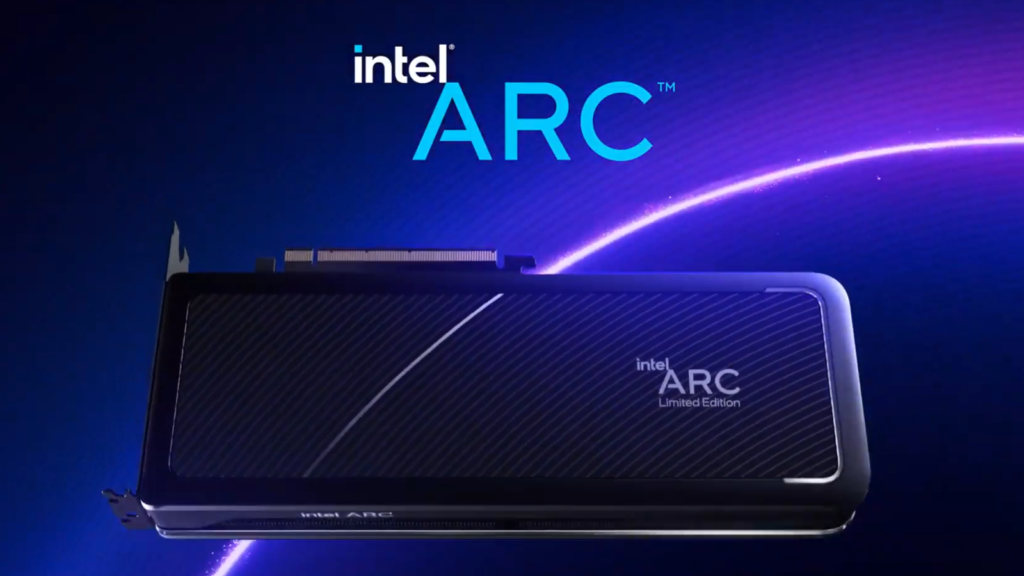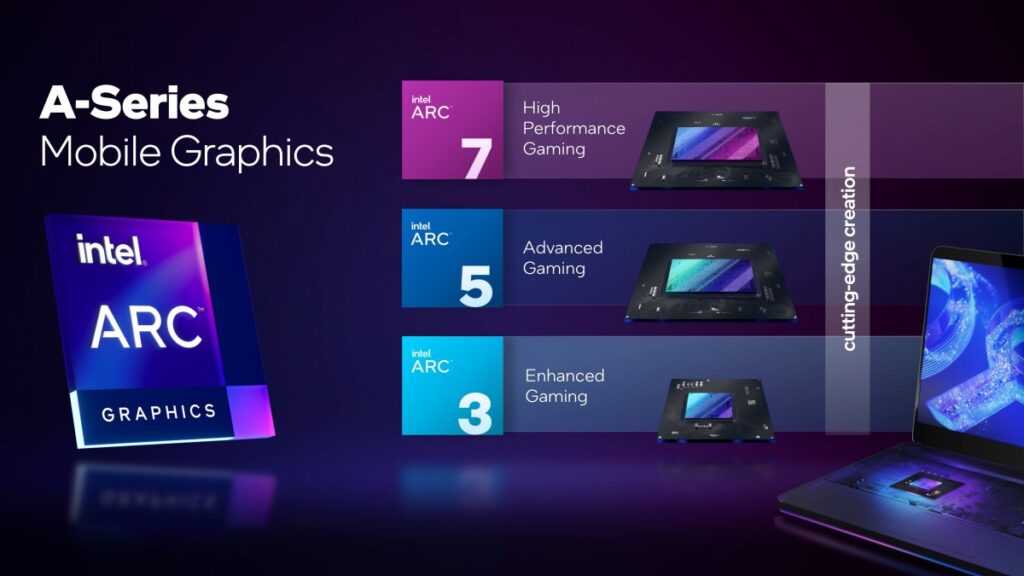My colleague Stephen Shankland and I have already covered the new low-power E-core, which is intended to run light sustained workloads (think video streaming) without hitting the battery as much as the regular old E-cores. We understand why this AI push is so important to Intel’s business. We know how Intel rebranded the Meteor Lake chips as Core Ultra. The chips are made using the company’s latest Intel 4 process. And Intel is last to the announcement party; AMD and Qualcomm have already planted their flags.
While the new chips have a small, two-core neural processing unit, or NPU, for AI acceleration, Intel’s AI Boost uses the CPU and GPU as well, depending upon the type of workload: The CPU is used when speed is needed and the GPU for help with generative AI workloads.
That’s why you’ll hear Intel and AMD talk about AI performance metrics — TOPS, sometimes referred to as TeraOPS, or trillion operations per second — for the combined system rather than just the NPU. For the Ultra 7 165H chip, you get roughly up to 34 TOPS with 11 TOPS for the NPU, 18 TOPS for the GPU and the rest for the CPU.
In comparison, AMD says its XDNA in the new Ryzen 8040 series performs at 39 TOPS, attributing 16 TOPS to the NPU and the remainder to the CPU and GPU. So even though NPUs are getting big buzz, they actually only carry a small part of the AI workload in these chips.
But these numbers also only paint a part of the performance picture for AI, because AI there’s no “typical” AI workload and at the moment no consistent methods of implementing it — there’s still a lot of shakin’ going on in the software.

The Ultra chips inside
Today’s chips will be shipping in a lot of laptops by the end of the month, with preorders starting today. Their specs and positioning will make way for a different class of chip and laptop announcements at CES.
The usual cavalcade of companies are on board, so be ready for new and refreshed laptops from Intel’s partners including the Swift Go 14 (starting at $800 with a Core Ultra 5 and up to an Ultra 7) and the Predator Triton Neo 16 gaming laptop (with up to a Core Ultra 9 and GeForce RTX 4070, starting at $1,500). The top end of each line of the Ultra 9, Ultra 7 and Ultra 5 will ship a little later: Laptops with those chips should be available around March.
Intel continues its recent tradition of planting the H series flag in the middle of the road. It’s for when you need a little more power than you can get with the U series, which is built for the thinnest designs. H series chips are for systems where you want discrete-ish graphics and are willing to trade off power for a little more weight.
Mobile H- and U-series processors
The more powerful Arc GPUs require systems with a minimum of 16GB memory, which may put a lower limit on prices. Intel makes a big deal about how much better the Arc performance is than its older GPU, but really, there’s no way it couldn’t improve on the previous generation.
Every generation brings new related capabilities. Not all laptops will support all the new features in this case, but they change the specs you should be looking for.


















